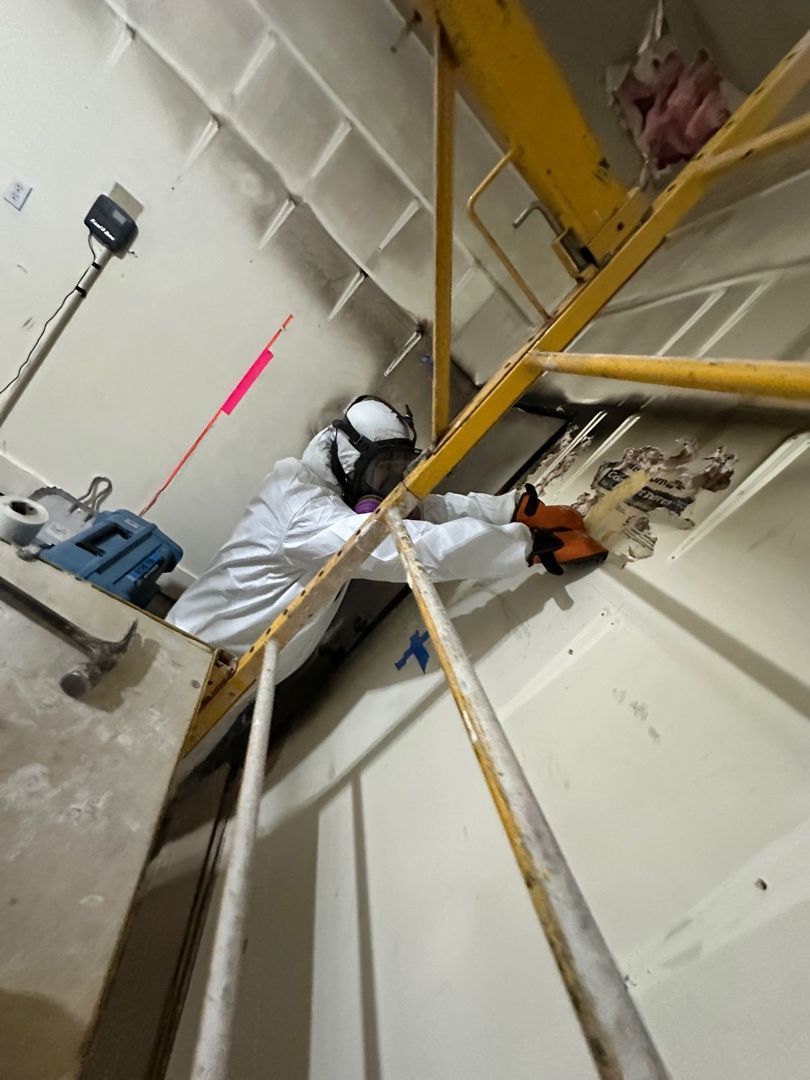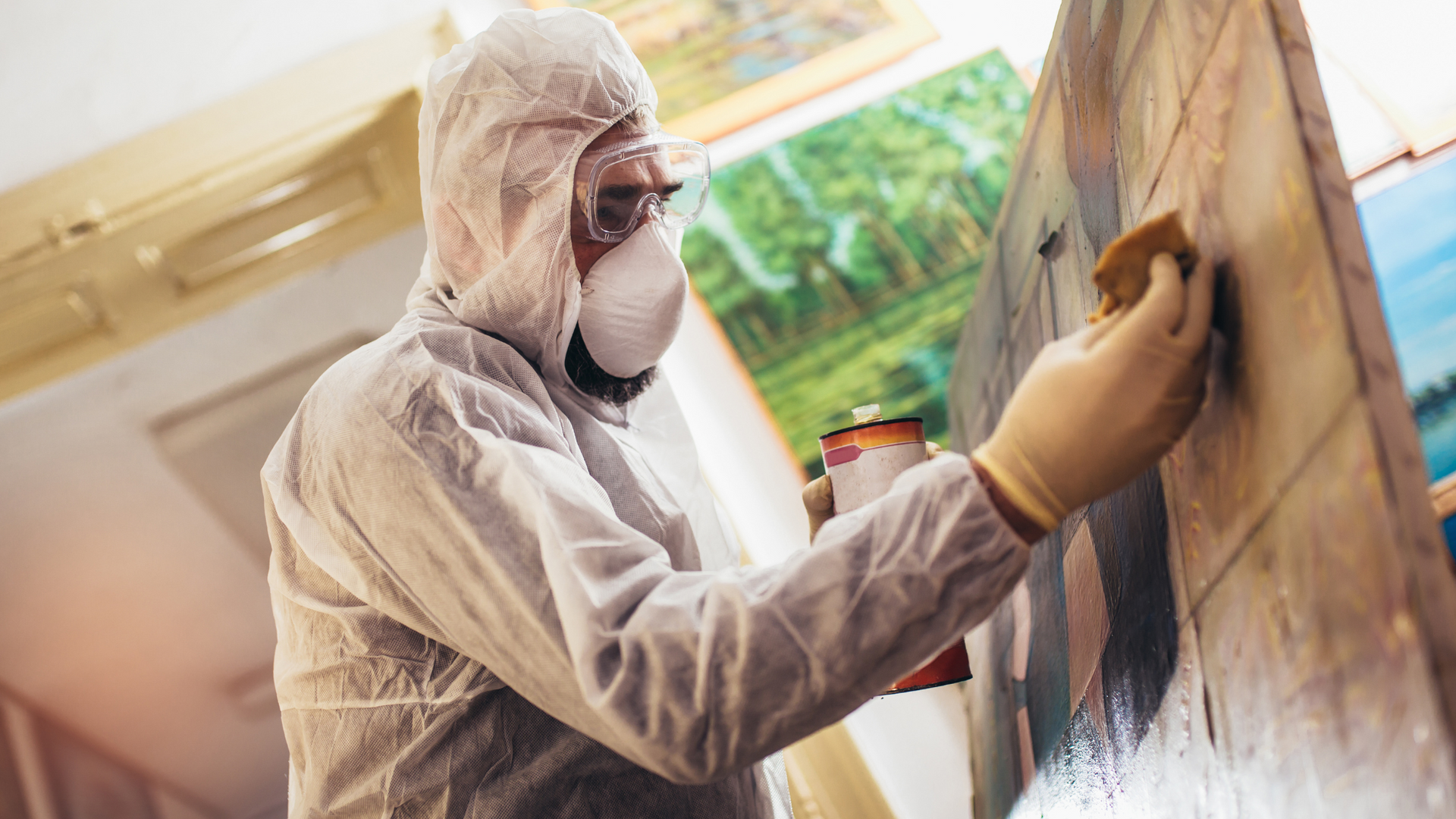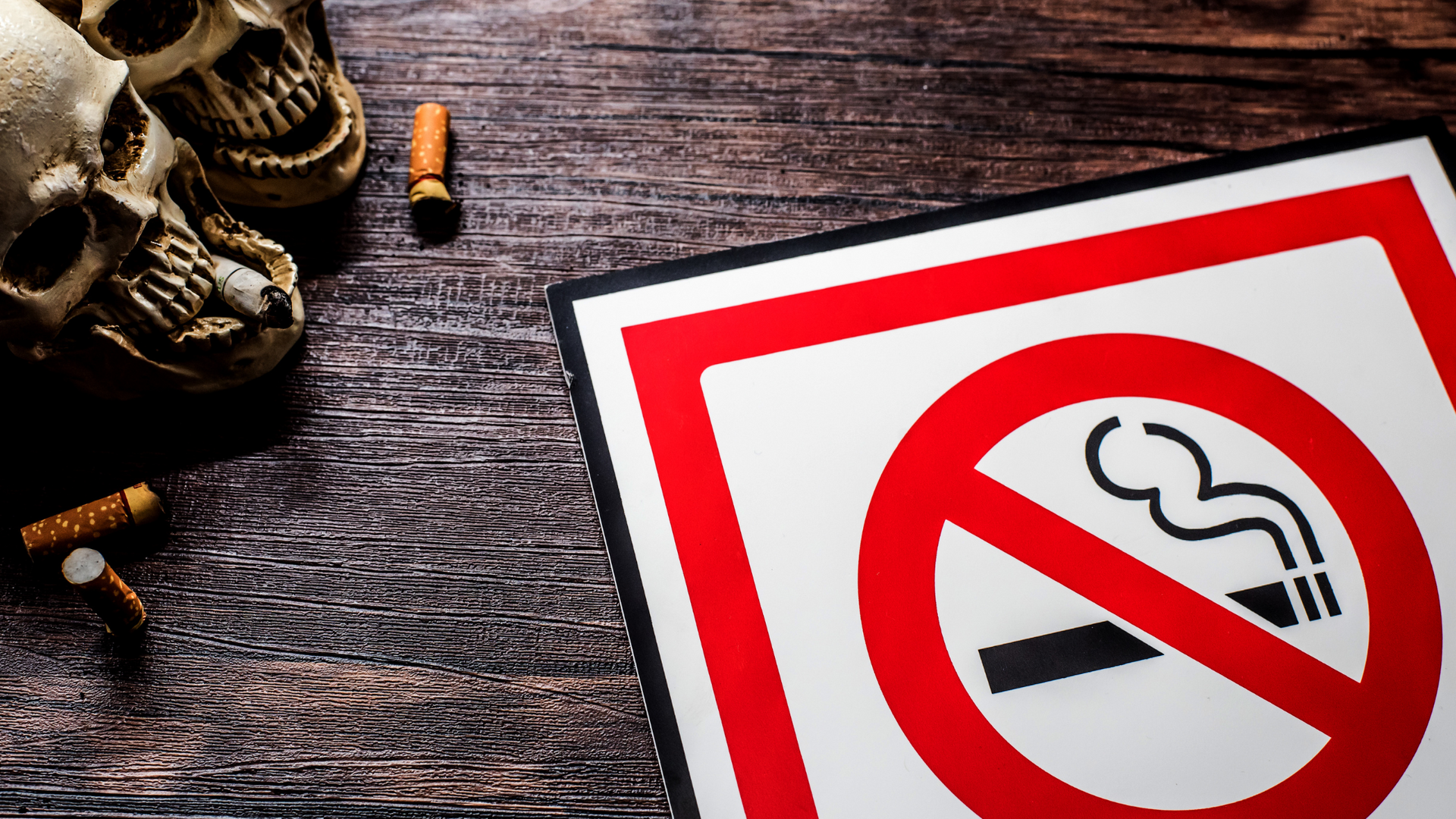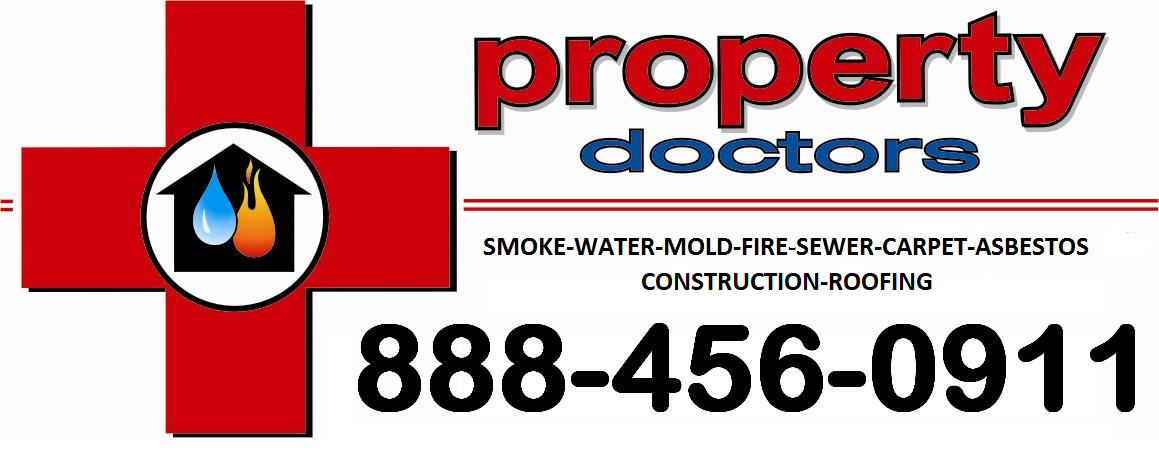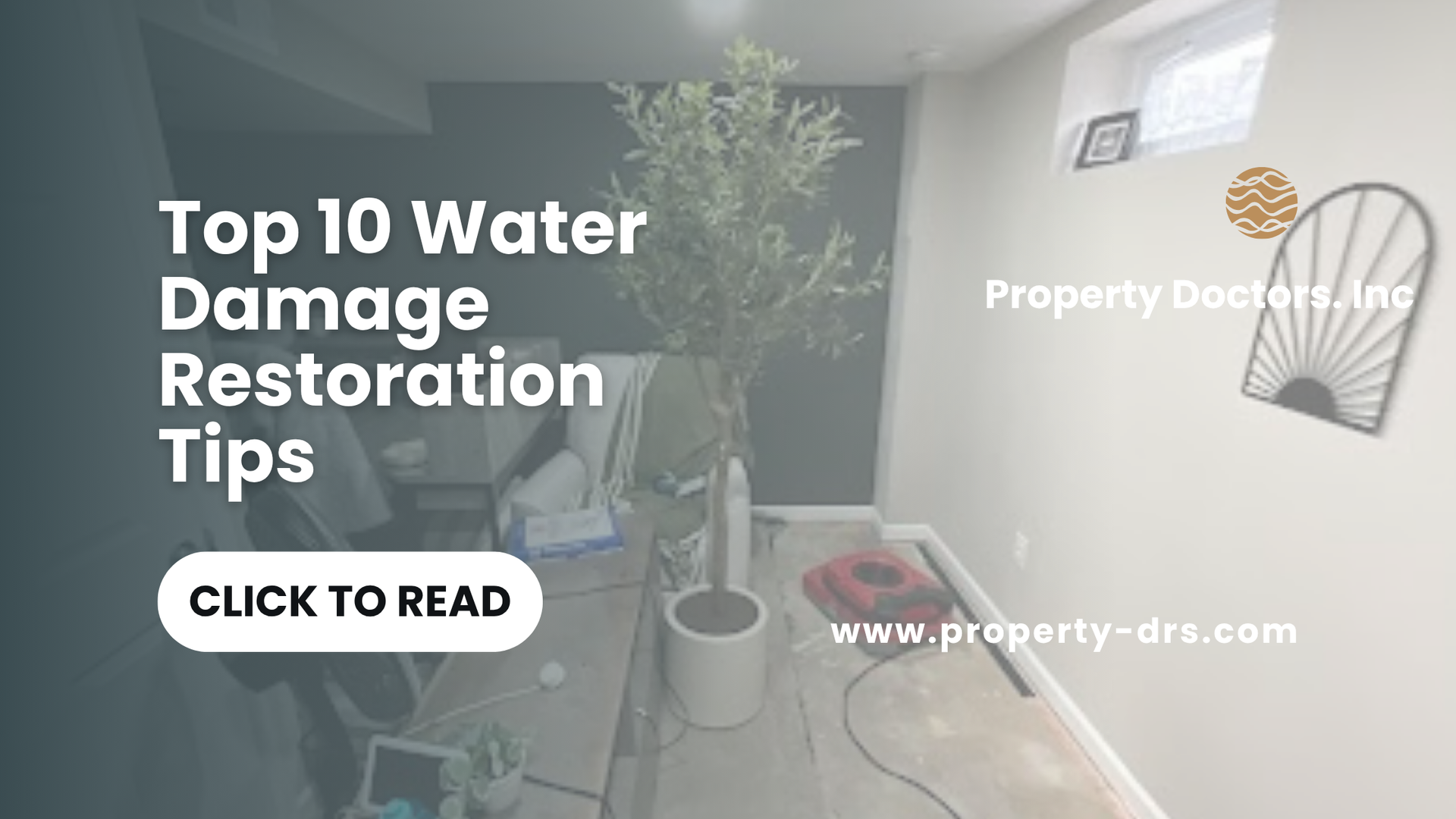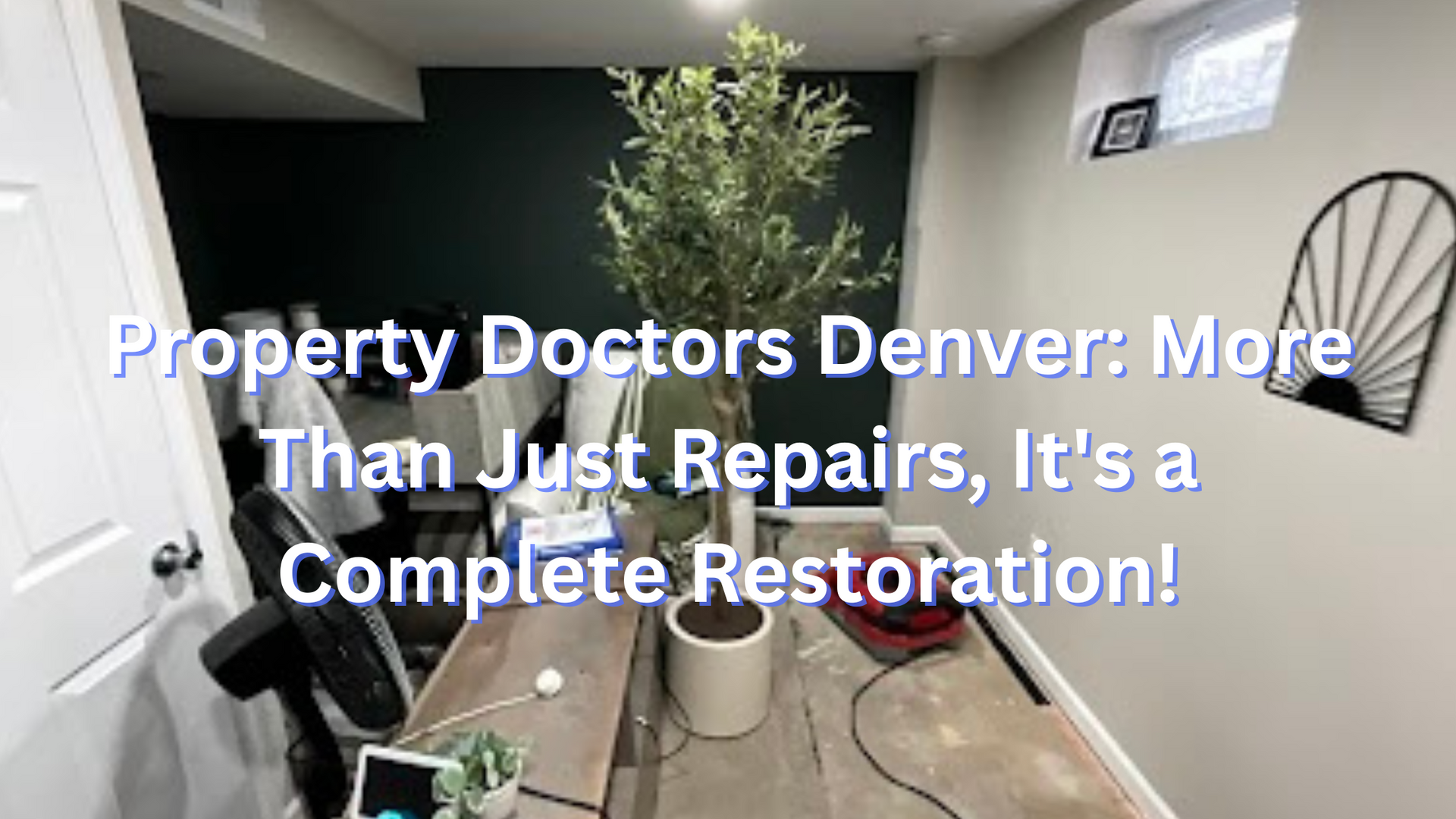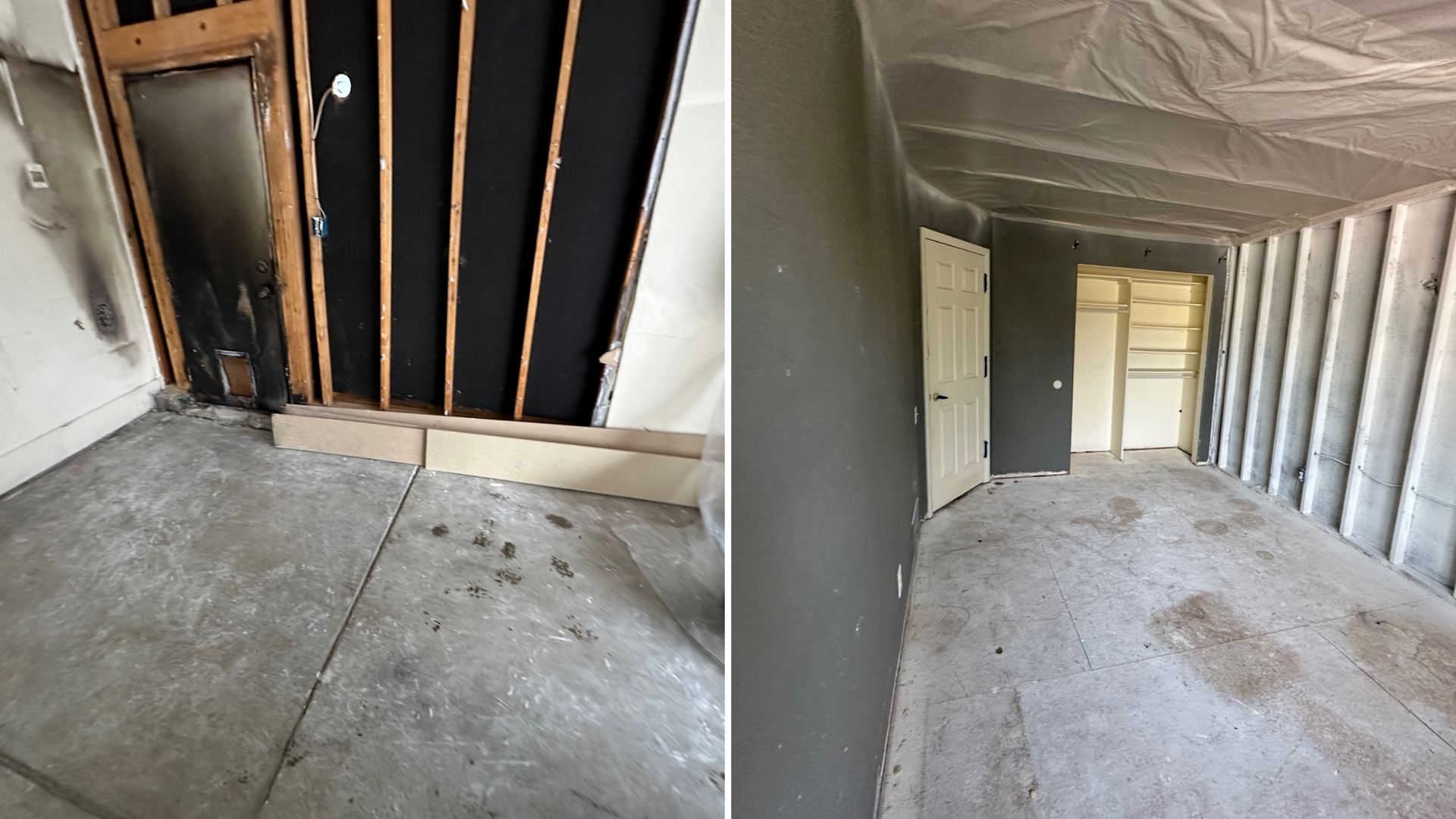BLOG
Date Published: May 7th, 2019
Date Modified: May 7th, 2019 2:33 pm
Categories: House Repair in Colorado
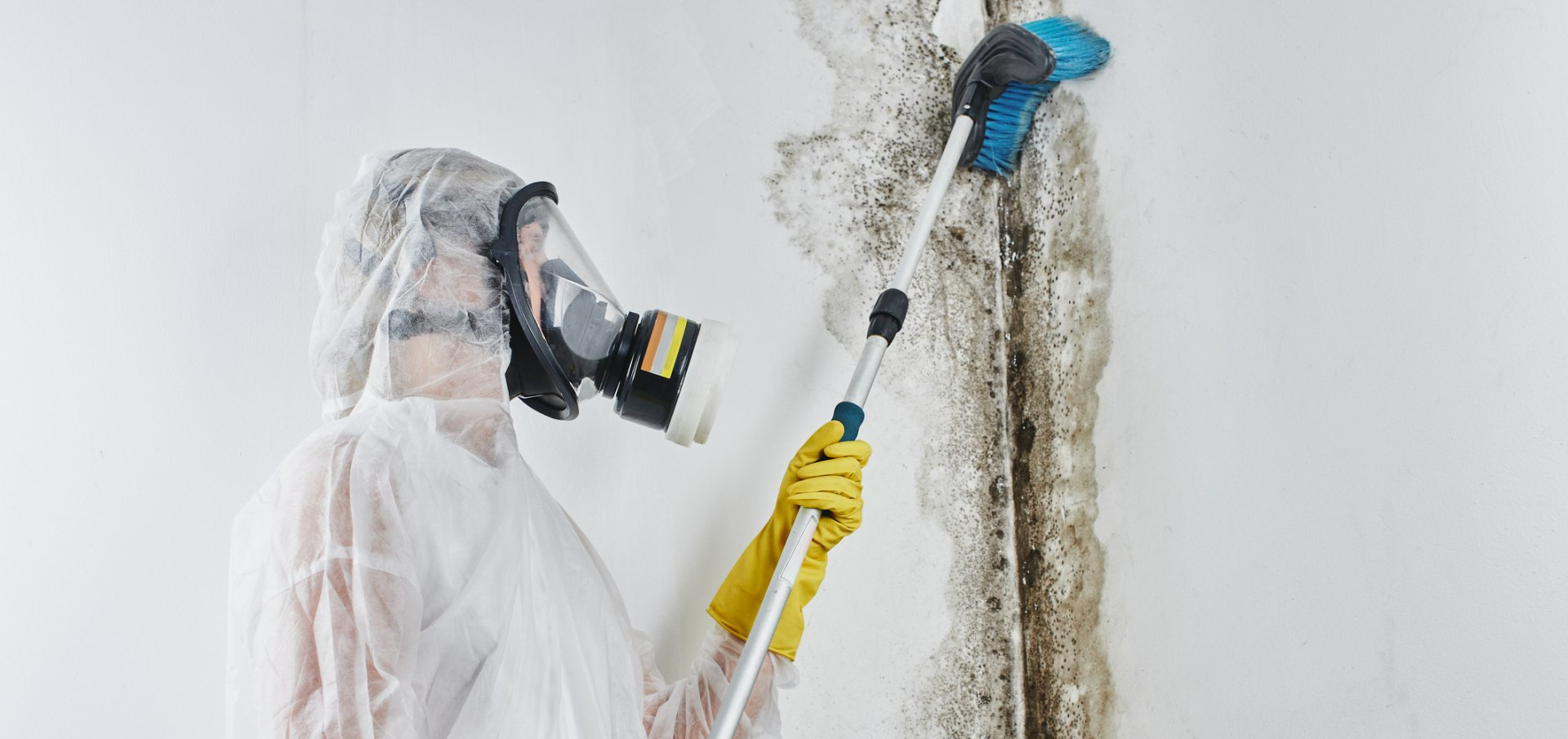
As a homeowner, finding mold in your home is alarming. Mold is a type of fungus that, given the right conditions, grows and releases small spores into the air. Mold not only damages your home, but exposure and inhalation of these mold spores can cause health issues for homeowners and guests. Certain molds, like asbestos, are extremely hazardous and should not be disturbed without the proper knowledge and mold removal equipment.
Since mold can cause health problems, make sure you’re seeking out a healthcare professional if you’re concerned about any health problems related to your home’s mold.
At Property Doctors of Colorado, we do more than just house repair. We’re also here to help you prevent the growth of mold in your home and know when to seek out a professional for mold remediation.
What mold needs to grow
Mold growth requires specific conditions which means that certain areas of your home might attract mold. To grow, mold prefers spaces that have:
- Moisture
- Darkness
- Organic materials
- Warmth
To prevent mold and protect your home, homeowners should understand the conditions for mold growth and work to eliminate those conditions.
MOISTURE.
Mold thrives in damp, moist environments. This includes things like your wet clothes or laundry, humidity (even from a humidifier), stagnant water, and water damage from a flood. The presence of environments like these allow mold growth. If your home has a damp basement, that’s another good place to look for mold.
DARKNESS.
A leaking pipe under your kitchen or bathroom sink increases the chance of mold growth because the lack of light prevents that moisture from drying. Dark, low-traffic areas in your home, like a cabinet or a corner of your basement, receive no natural light and provide the right environment for mold to live.
ORGANIC MATERIAL.
Mold likes to grow on organic surfaces like wood or cotton. The walls and insulation in your home provide mold the proper nutrients to grow, along with the ceiling, floor, furniture, and air ducts. Harder surfaces like plastic, glass, and metal don’t have enough nutrients for mold.
WARMTH.
Mold grows best in a warm environment. When warmth is coupled with humidity, mold thrives. States like Colorado are generally less humid than southern states like Florida and Texas, but it’s always good to monitor those warmer spaces in your home. In contrast, mold is less likely to grow in colder climates like your garage during the winter.
How to prevent the growth of mold in your home
It is hard for homeowners to avoid these conditions altogether, but there are steps you can take to ensure that unwanted mold isn’t growing.
- Routinely check pipes, plumbing, and the basement for leaks.
- Watch for spaces in your home that are damp or moist and make sure they are drying completely.
- If there are spaces that don’t receive direct or indirect sunlight, find ways to provide those spaces with light. This will also help dry any unwanted moisture.
- If your home is in a humid area, proper ventilation can reduce humidity.
- Rooms like the bathroom and kitchen experience a buildup in heat and steam, so give those rooms a chance to dry and dehumidify.
- Running your air conditioner during hot months will reduce humidity inside your home.
- Vacuuming removes any mold spores that have been released into your home.
While this list is not exhaustive, these are some steps homeowners can take to prevent mold growth in their home.
Mold Removal in your home
Sometimes, mold is something that you can’t prevent as a homeowner. Before you start removing any mold, make sure you know what mold you have. If you are worried that the mold might be asbestos, call a professional for mold testing and removal.
Mold removal is just as important as other types of house repair. To remove mold spores, scrub the surface with mold killer and vacuum that area of your home. Common mold killers for non-toxic mold includes bleach, vinegar, borax, baking soda, and hydrogen peroxide.
Once you’ve started removing mold, continue inspecting those spaces and other parts of your house to make those spaces inhabitable and prevent mold from growing back. Larger infestations may mean a large house repair and require professional mold remediation. If you find toxic mold in your home, or need to remove a large amount of mold, don’t tackle it by yourself. Property Doctors of Colorado offers mold testing and mold removal services for mold and asbestos in your home. Call us with questions about house repair, mold removal and remediation
Categories: House Repair in Colorado
Tags:
asbestos removal companies, black mold removal, fire restoration, flood restoration, mold killer, mold remediation, Mold removal, mold removal services, water damage restoration, what does homeowners insurance cover
PLEASE CALL US 24/7 TO SPEAK TO A LIVE REPRESENTATIVE ADVICE LINE AND/OR TO DISPATCH A CREW.


